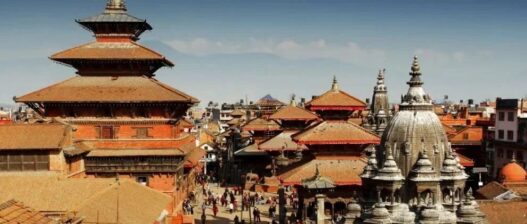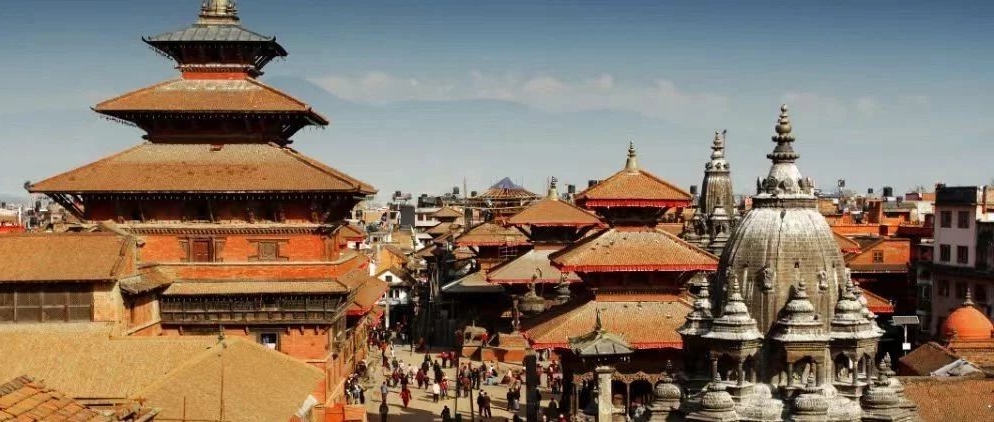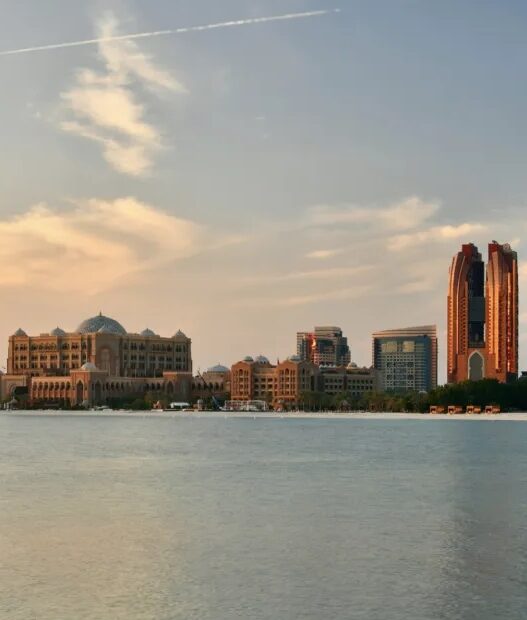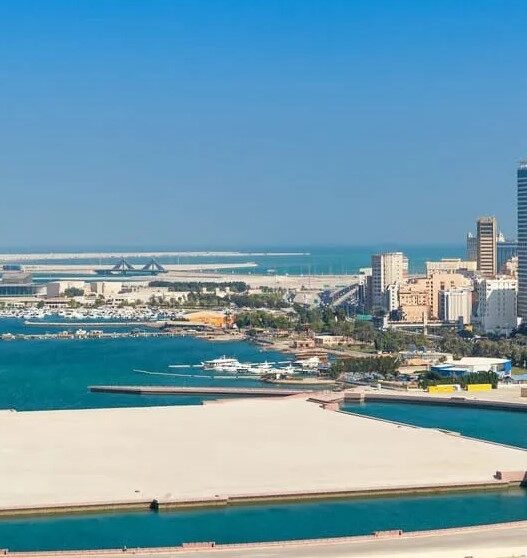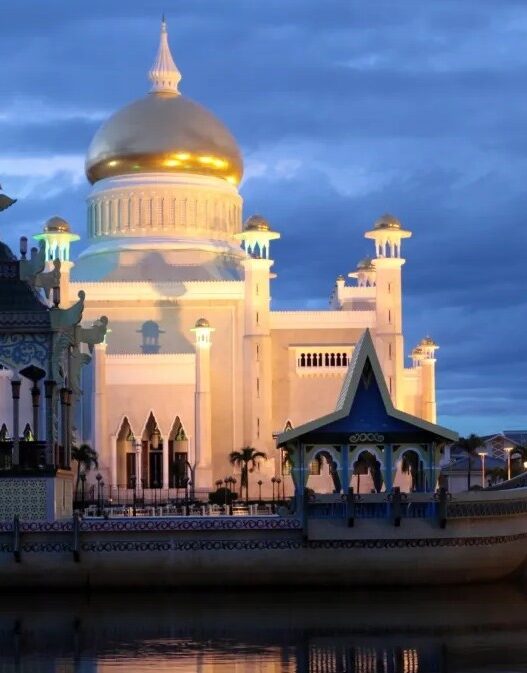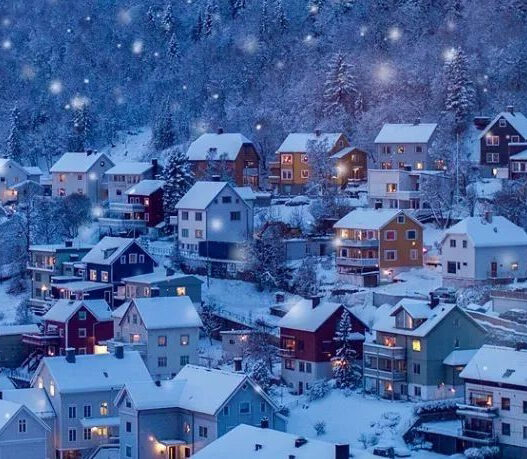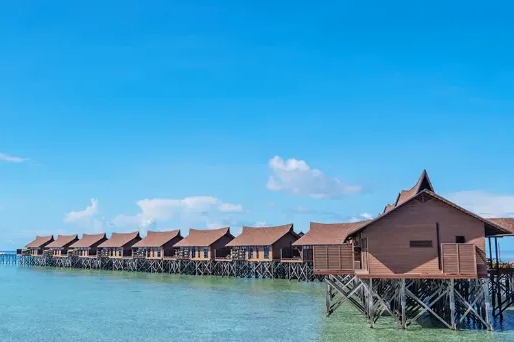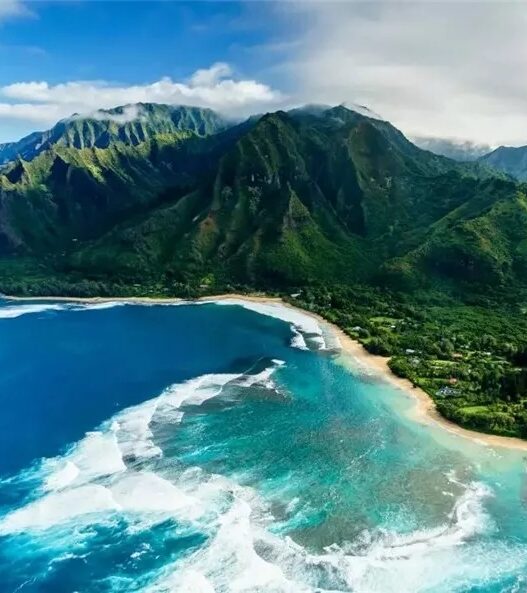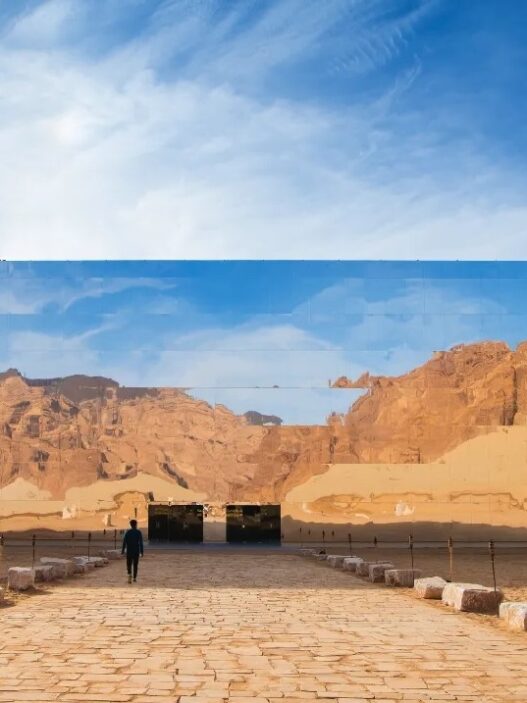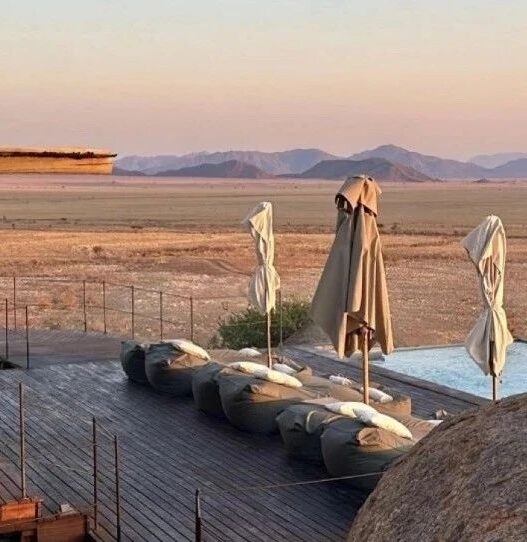Nepal, a landlocked nation bordering Tibet, is often called the “Land of Gods”. It stands out as one of the world’s least developed countries, yet paradoxically, it boasts one of the highest levels of happiness globally.
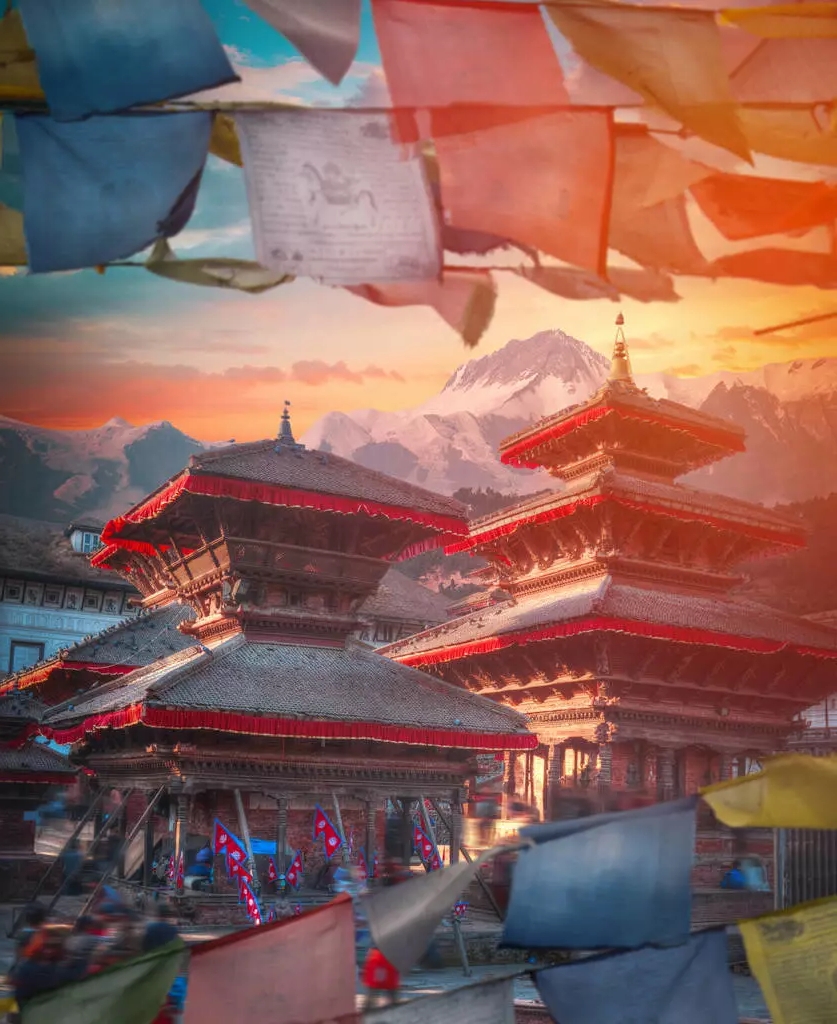
A Nation Nestled at the Top of the World
Nepal is a country perched high in the Himalayas, often referred to as being at the “top of the world.” Of the 14 mountains on earth that exceed 8,000 meters in altitude, eight of them are located within the Himalayan range on the border between Nepal and China.
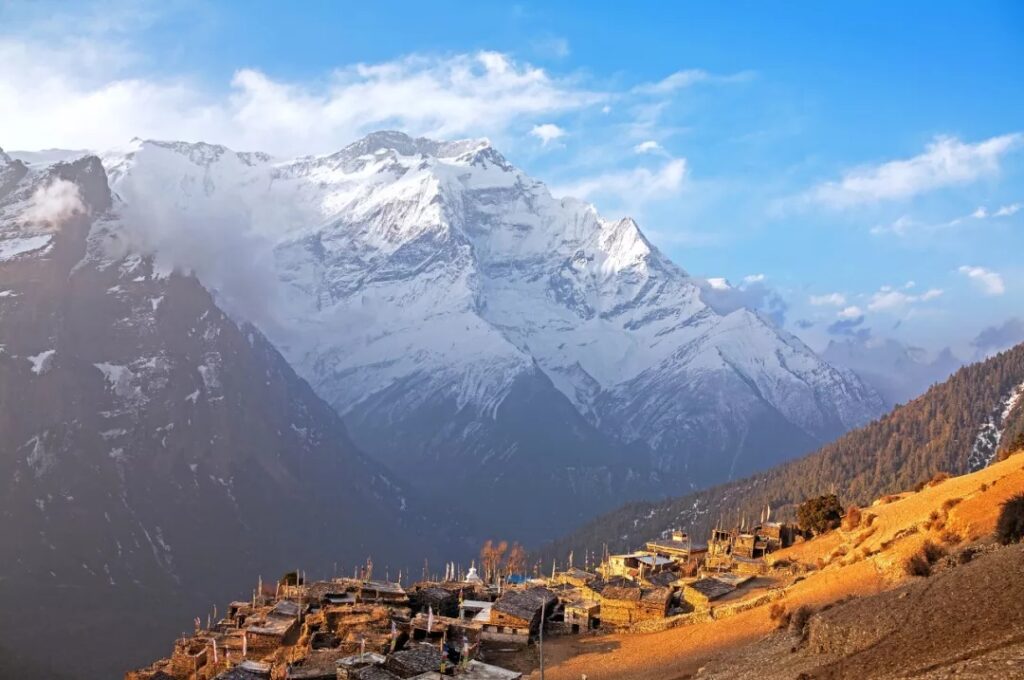
A Trekker’s Paradise
While a trip to Dubai calls for opulent stays in luxury hotels, a journey to Nepal is best experienced alongside fellow backpackers from around the globe. If you seek adventure, Nepal is an unmissable destination. Here, you can trek through dramatic canyons, traverse subtropical valleys and arid plateaus, and witness the magnificent vistas of the Himalayas. Each step will offer new and unexpected scenic wonders, keeping you invigorated and captivated.
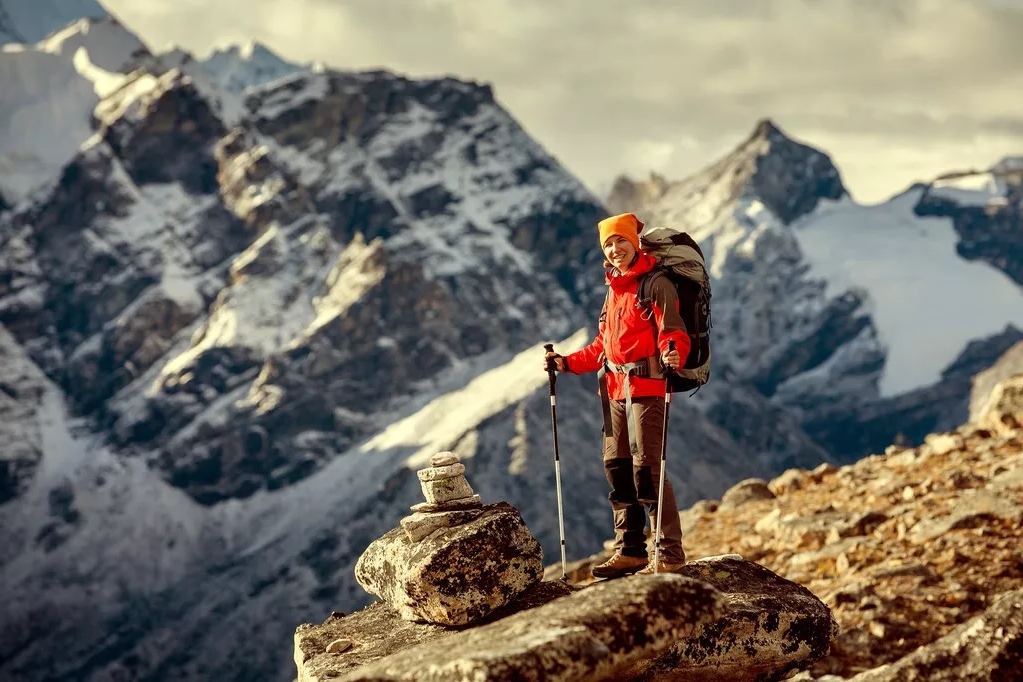
One of Asia’s Least Developed Nations
One of the unique aspects of Nepal is its ability to seemingly transport you back three decades in time. Even in the capital city, modern infrastructure like skyscrapers are noticeably absent. Dusty roads and aged buildings create a somewhat village-like atmosphere. Nepal has minimal industry of its own; even bicycles are imported. Over eighty percent of the population are engaged in agriculture. Yet, despite its poverty, Nepal is renowned as one of the happiest countries on earth. This paradox may seem perplexing, but a visit to Nepal will soon provide the answer.
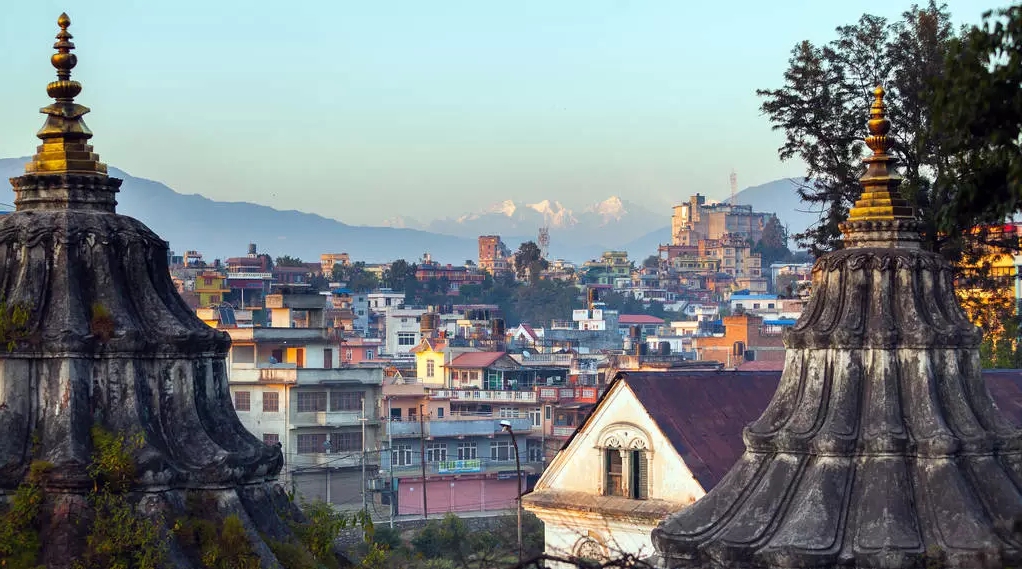
Almost everyone you encounter on the streets wears a smile. This country, with its 1,200-year-old history, has an old-world charm that stands in stark contrast to the bustling modern cities. The sight of pigeons soaring through the sky, monkeys leaping about, ancient structures, people engaged in religious practices, and unique shops, all bathed in warm sunlight, creates a magical atmosphere. Even simply sitting and watching the world go by brings a sense of contentment, offering a moment of pure self-reflection.
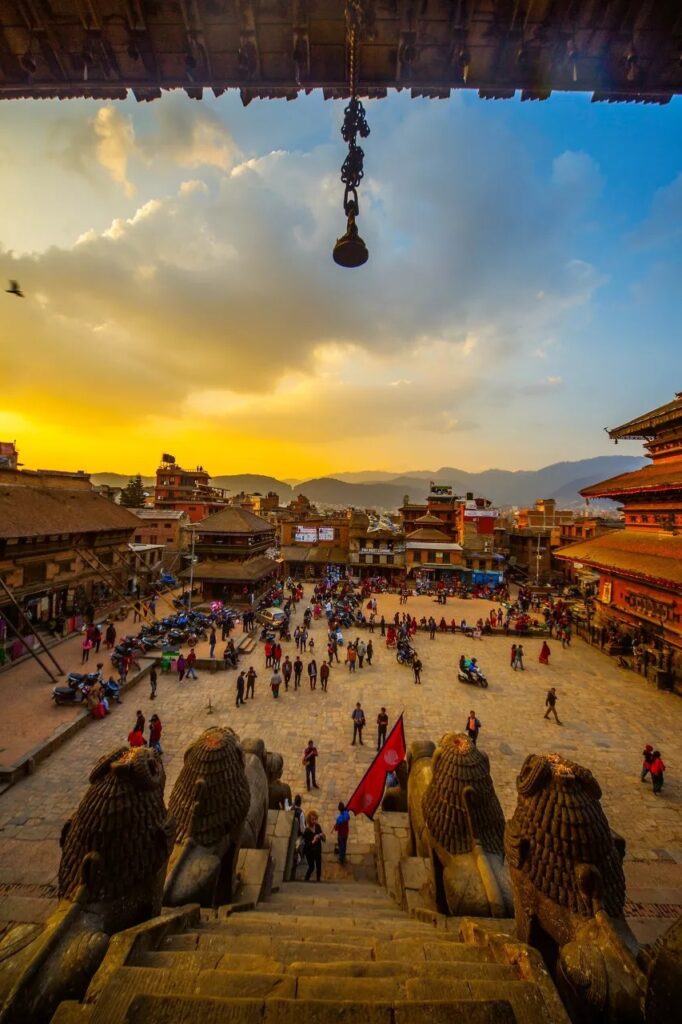
It’s as if Nepal teaches that the greatest happiness lies in living a peaceful life, free from the worries of work and relationships, simply cherishing the present moment. This sense of serenity is not something that can be bought; it’s a gift that Nepal readily offers.
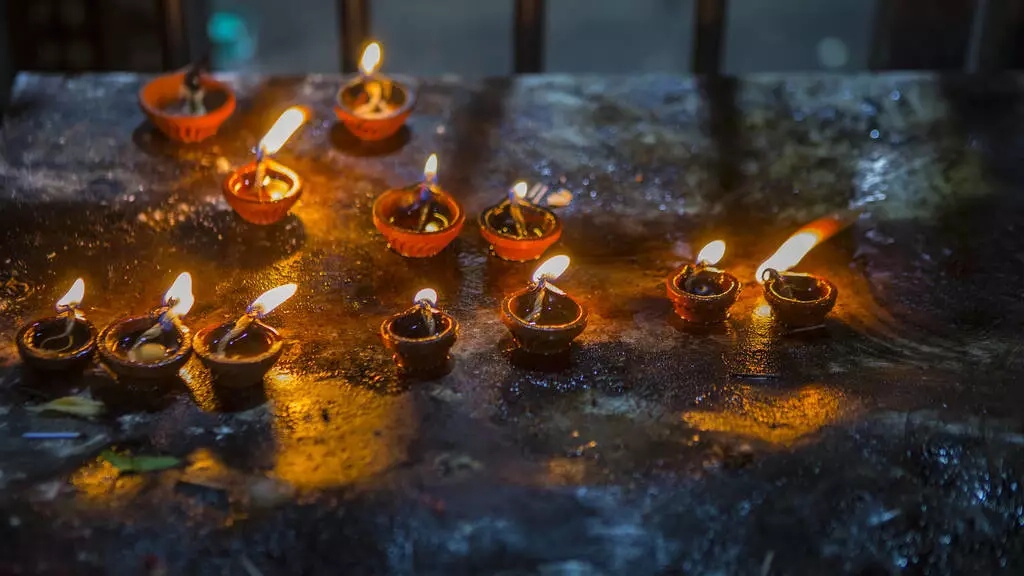
Nepal is filled with countless stories and unexpected delights. Even after the devastating 2015 earthquake left parts of the country in ruins, the happiness and inner peace of its people remained unshaken, deeply rooted in their faith.
The Spiritual Power of Kathmandu
Kathmandu, Nepal’s capital, is known as the “City of Temples.” It’s said, jokingly, that even if the people of Nepal were starving, they would still find ways to build temples. The city is brimming with temples, monasteries, and palaces, presenting a fascinating mix of tradition and modernity.
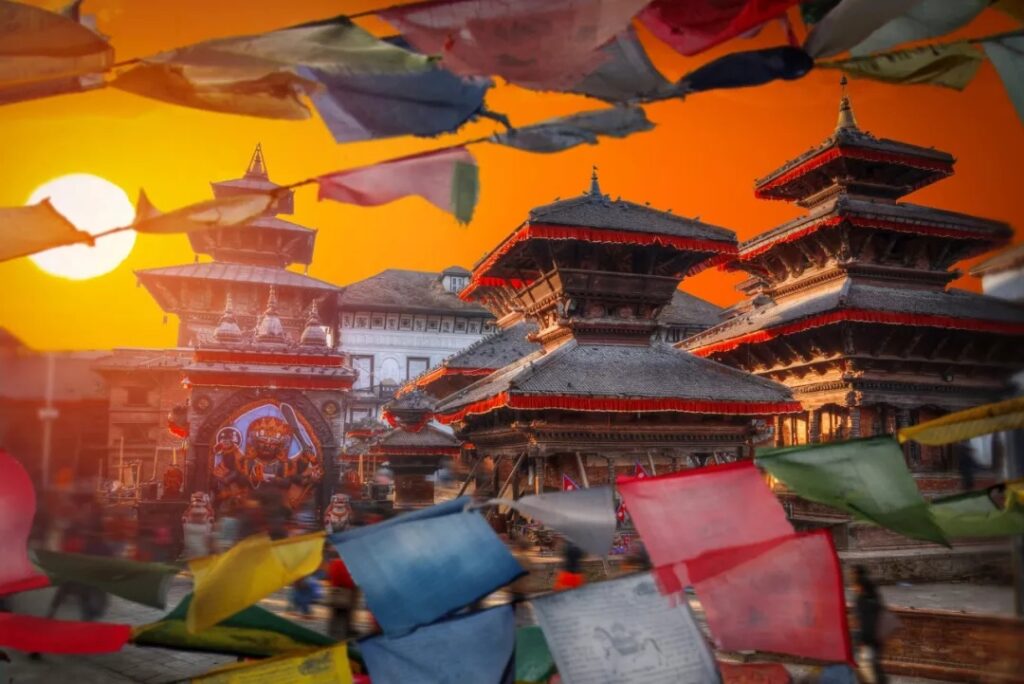
Kathmandu is a melting pot of both religious sites with red-walled temples and a chaotic urban center filled with monkeys, beggars, and car exhaust. Navigating the city’s winding, narrow, and often poorly marked streets requires a blend of creativity and patience.
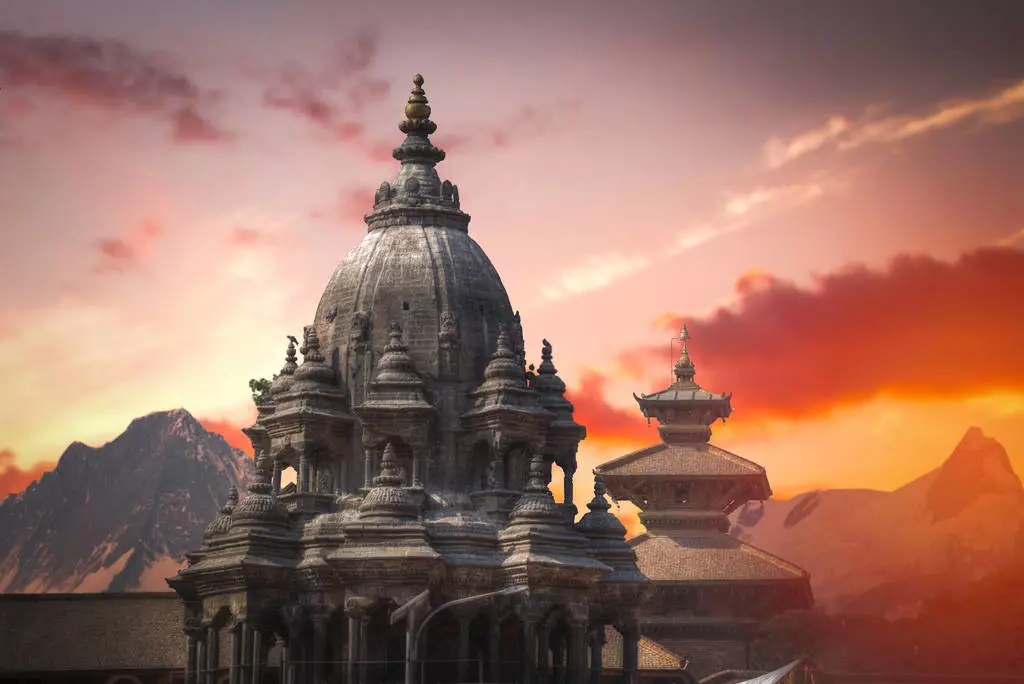
The Durbar Square in Kathmandu is a must-see location, housing architectural treasures from the 16th to 19th centuries. The square features over fifty temples and palaces, which have retained their original form and charm since medieval times. The sight of pigeons swirling overhead is a defining characteristic of the square, and the women dressed in colorful saris make it a photographer’s dream.
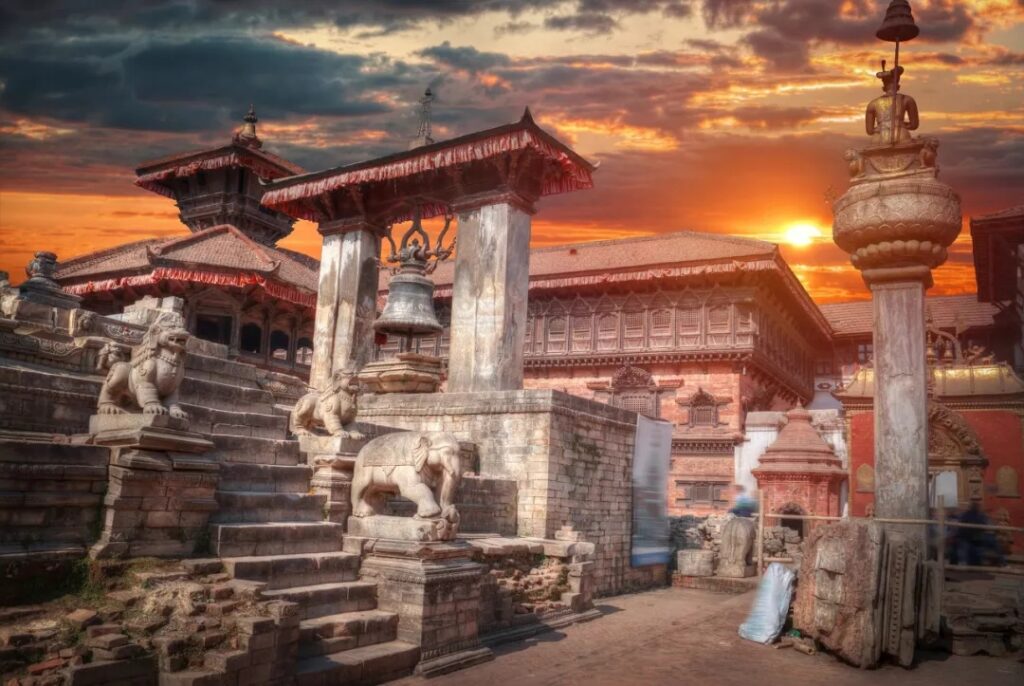
Kathmandu offers a variety of memorable experiences. You can explore Thamel, known as Nepal’s “Little Hong Kong,” for shopping and diverse cuisine. You can also make a spiritual pilgrimage to Swayambhunath, a UNESCO World Heritage Site offering panoramic views of Kathmandu. Or you can observe Hindu cremation ceremonies at Pashupatinath Temple.
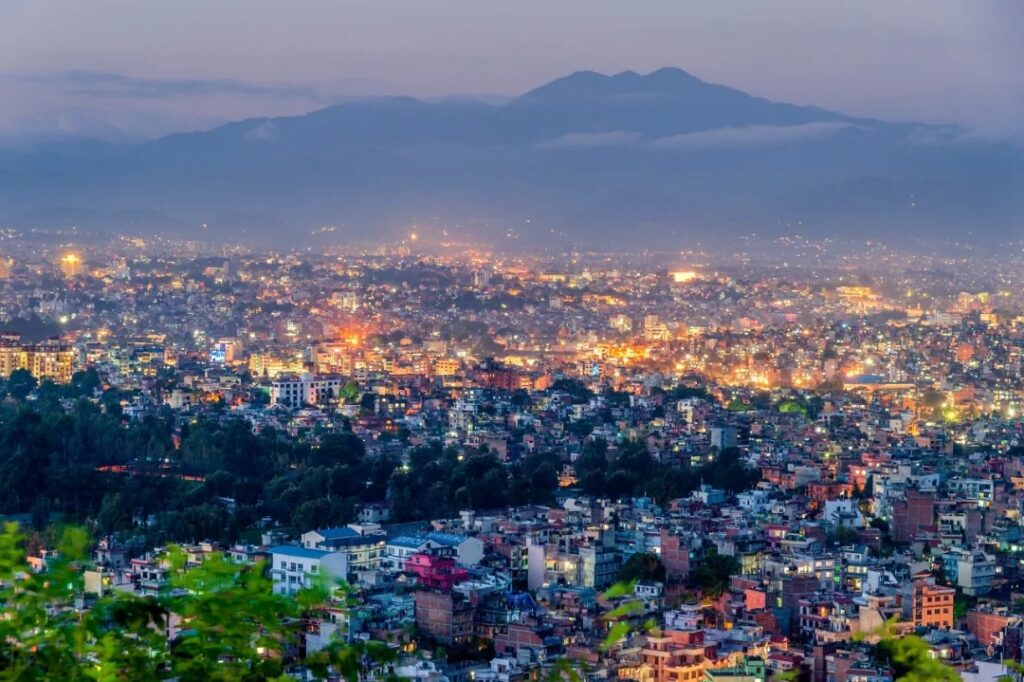
Pokhara: Nepal’s Wings
Pokhara, Nepal’s second largest city, is also its most celebrated scenic destination. It offers a more tranquil escape than the bustling Kathmandu. Located in the Himalayan foothills, Pokhara nestles beneath the snow-capped Annapurna and Machapuchare mountains, alongside the serene Phewa Lake. The lush greenery provides a sharp and striking contrast to the towering mountains, making it one of Nepal’s most popular tourist spots.

Aside from the scenery, paragliding is a popular activity in Pokhara, offering a thrilling experience at an affordable price. Additionally, Pokhara is often the starting point for treks into the Himalayas.
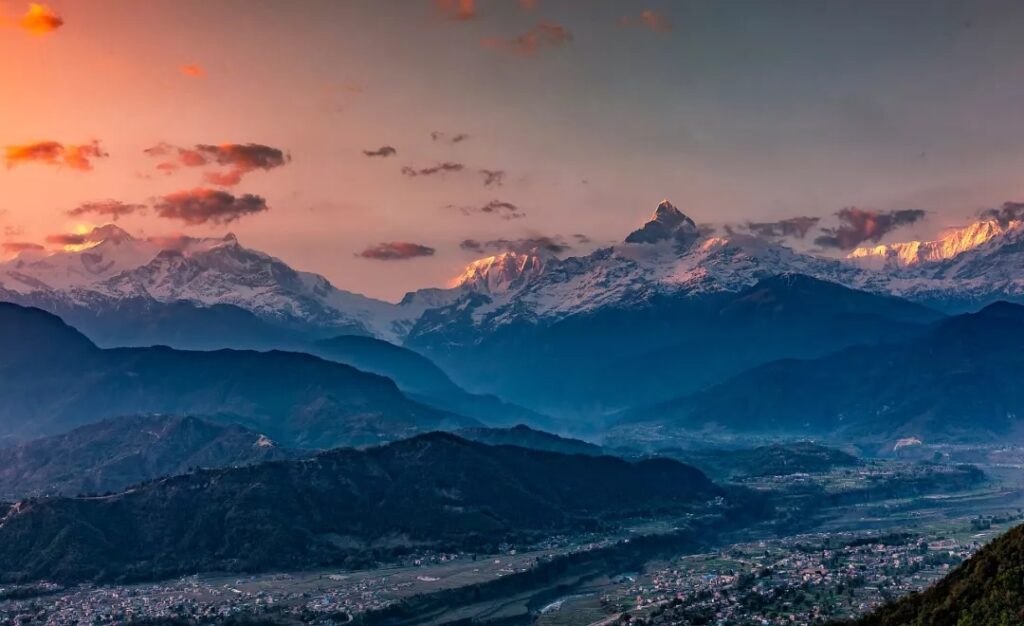
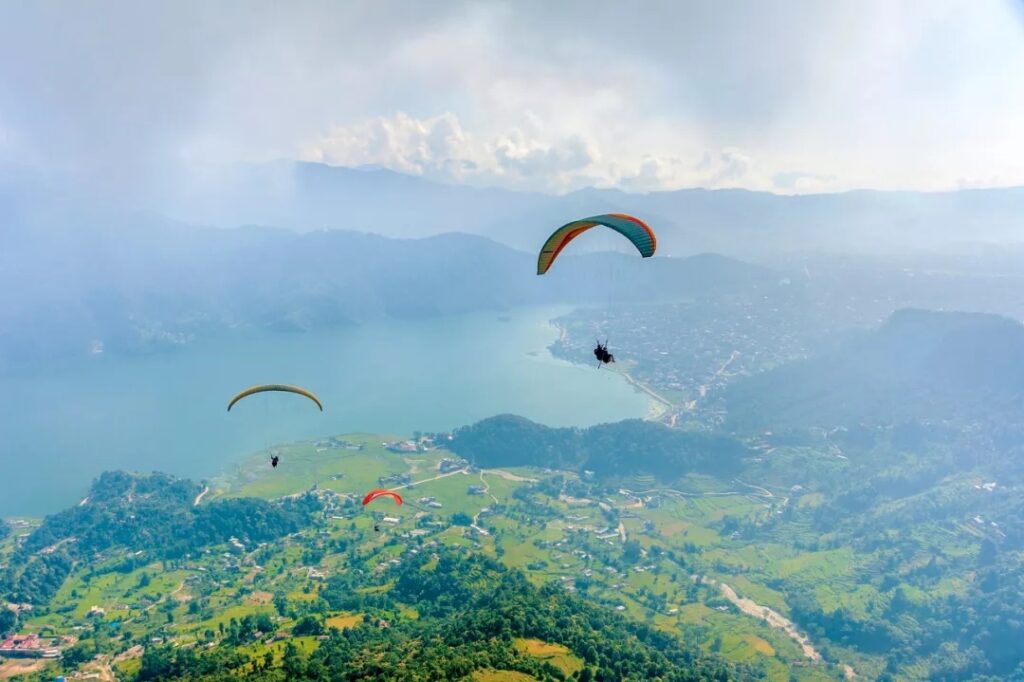
Chitwan: A Pristine Wildlife Haven
Chitwan National Park, formerly a royal hunting reserve, has since been transformed into a protected area in 1973, safeguarding numerous species. In Chitwan, one can experience the wild of the jungle. Staying in nearby villages, you can prepare for the next day’s adventures alongside locals while discussing the various wildlife.
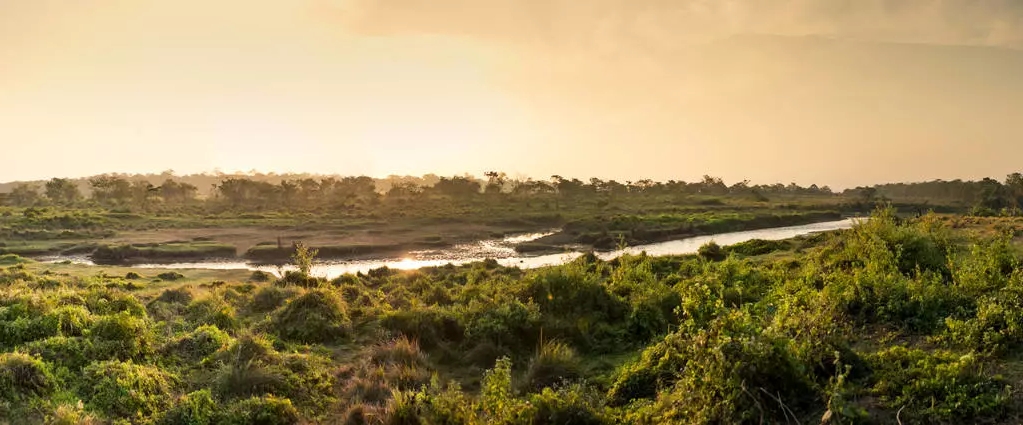
Chitwan is especially renowned for its rhinoceros population. Of the approximately 3,000 remaining Indian rhinoceros worldwide, about a third live in the jungles of Chitwan.
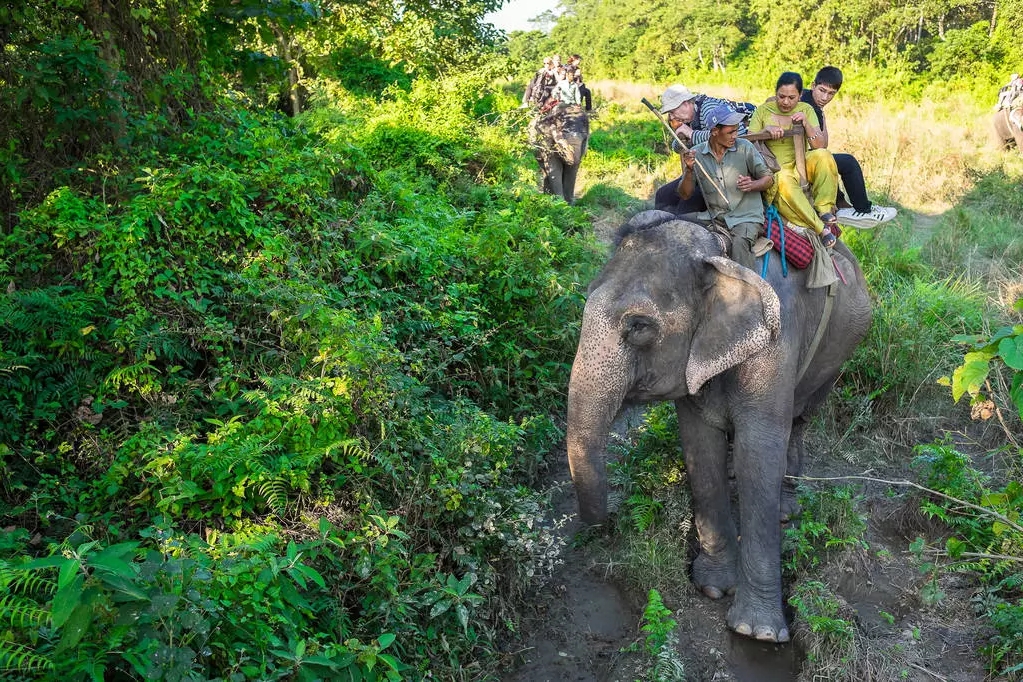
Direct buses travel to Chitwan from major cities and regions in Nepal. Alternatively, flights are available to Bharatpur, north of Chitwan. Public transportation within the Chitwan area is easily accessible.
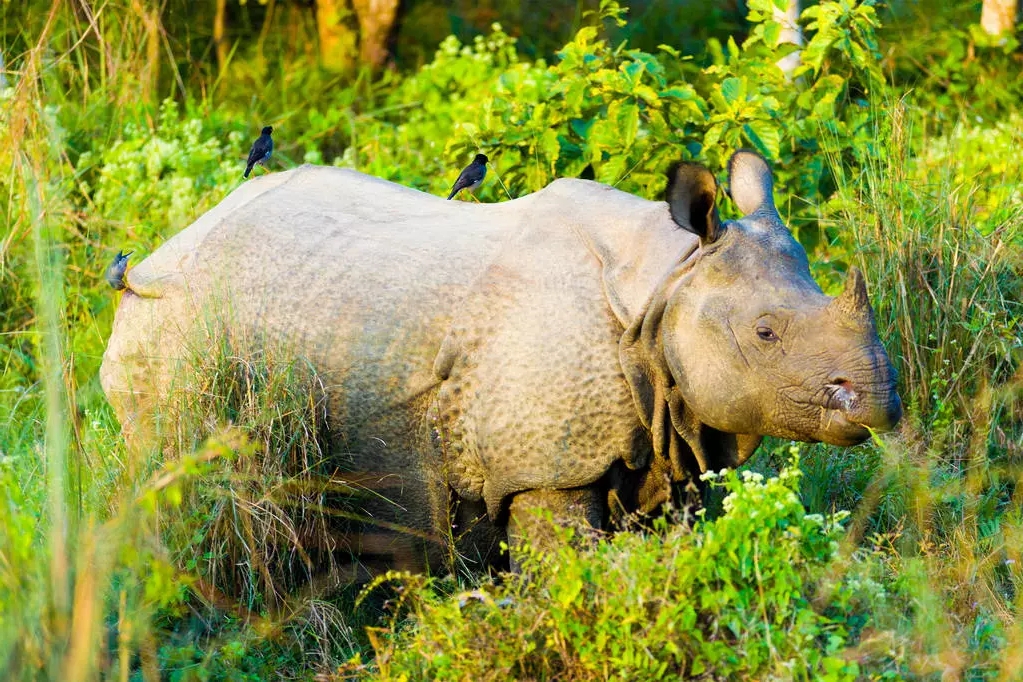
Lumbini: The Birthplace of Buddha
Lumbini, also called “the birthplace of the Buddha,” is a place of serenity and purity.
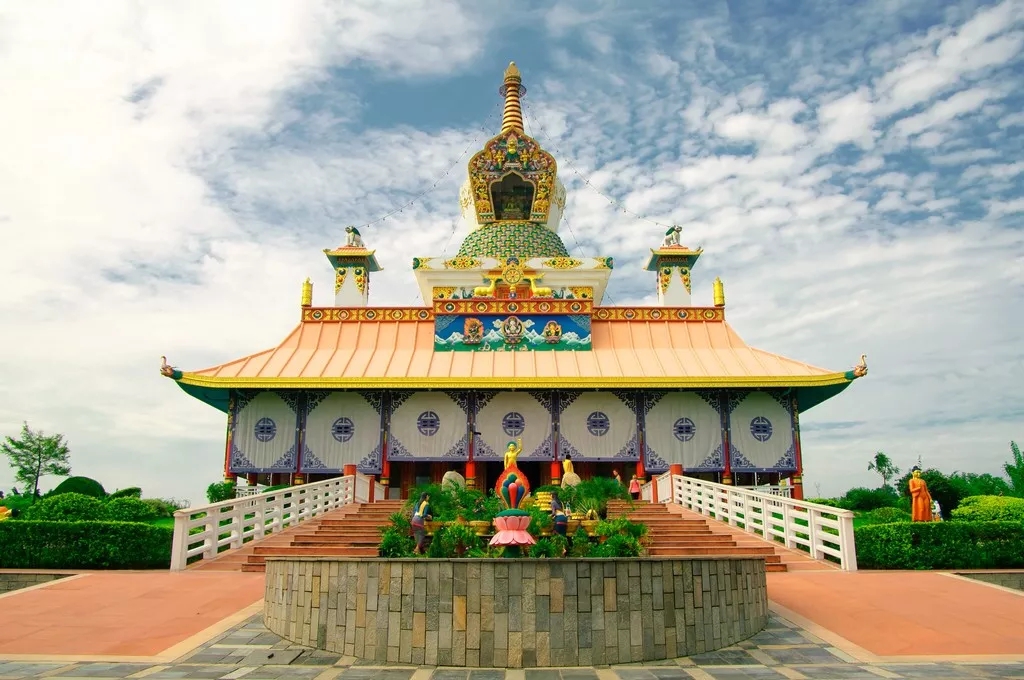
It is inhabited by the hardworking Tharu people who are mostly farmers living in the southern plains, often having only a couple hours of electricity each day. As the birthplace of Siddhartha Gautama, the Buddha, Lumbini is one of the world’s most important religious sites. The Buddha’s enlightenment under the Bodhi tree has enriched the world with philosophy and a passion for peace.
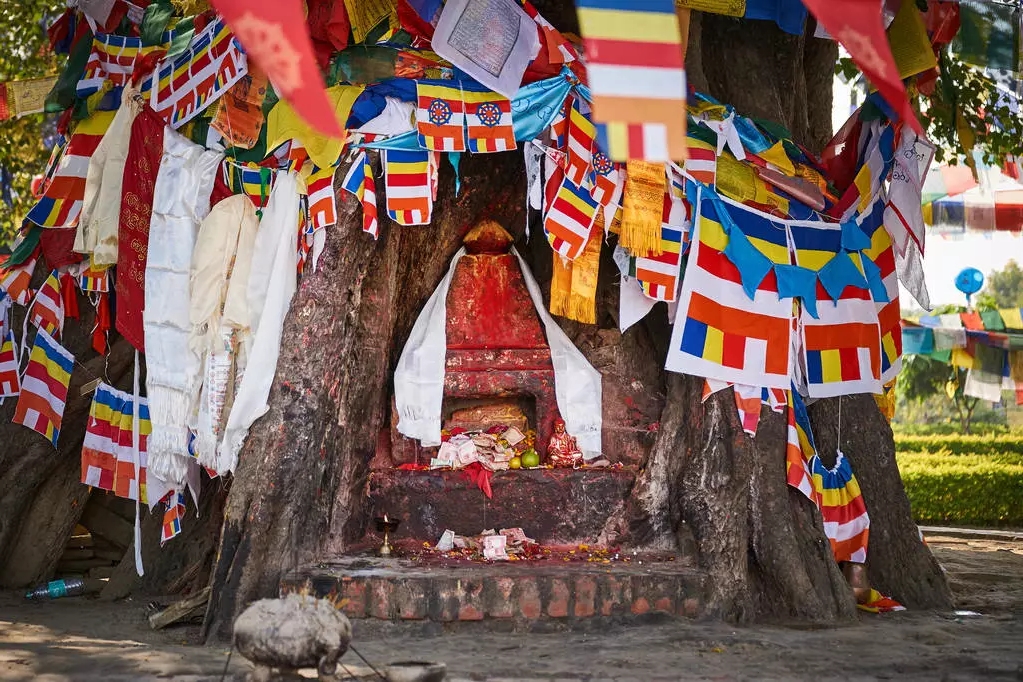
Lumbini’s landscape is dotted with green hills and clear streams, adorned with fragrant orchids and vivid rhododendrons. The temples are solemn and elegant, and the pond beside them reflects the sunlight like a mirror, adding to the tranquil atmosphere.
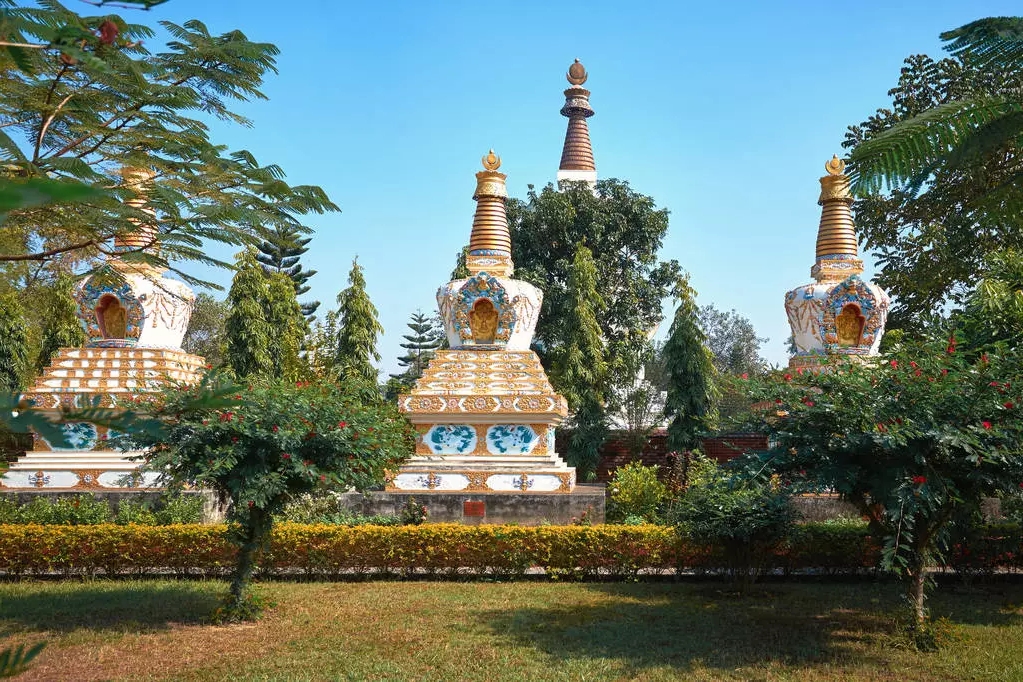
Despite not being developed, Lumbini offers a sense of peace and happiness to all who visit.
Often, we ask ourselves the question, “What is happiness?”
There seems to be no fixed answer. Some find it in wealth, others in health…
It has been said that the happiness of the Nepali people is merely “illusory ignorance.” They have a relaxed lifestyle, sometimes spending an entire afternoon in the sun at Durbar Square. Shops often do not open until around 10 am, and people can be seen singing, dancing, and worshiping all over the streets. While some see this as laziness, isn’t it simply a different approach to living life?







